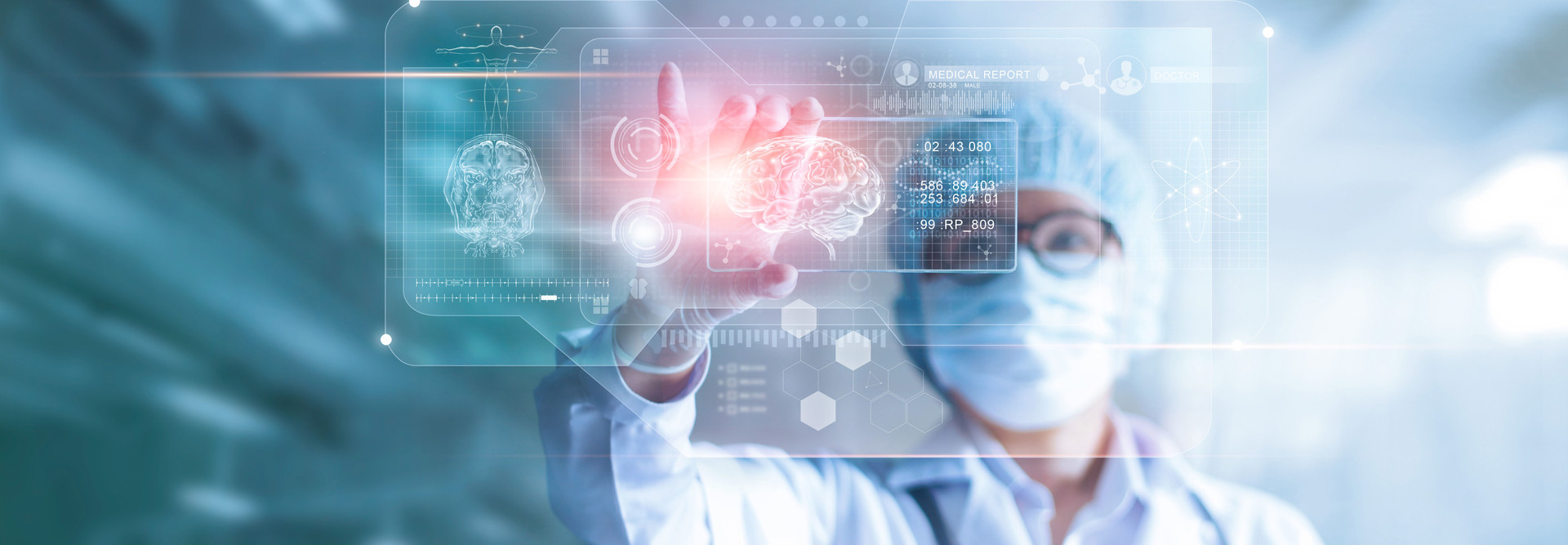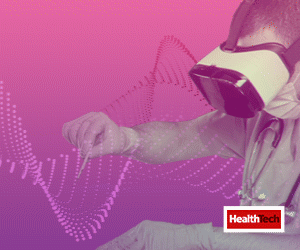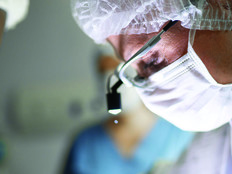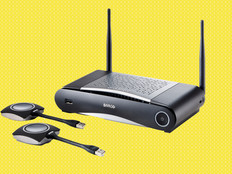Technology Helps with Detailed Precision
Surgeons are among those expected to benefit, says Amitabh Varshney, dean of the College of Computer, Mathematical and Natural Sciences at the University of Maryland, College Park.
“Depth perception is a very important component,” he says. “A lot of different organs and blood vessels and nerves are in close proximity. Having an accurate assessment of depth becomes critical.”
It’s why Varshney, also co-director of the Maryland Blended Reality Center, is part of a team developing an augmented reality application that lays a computer image over the doctor’s view of the real world to help guide a catheter into the brain to relieve pressure after an injury.
Using current practices, doctors can have a hard time seeing the location of the catheter’s tip, which can injure parts of the brain if the tool is moved in the wrong direction. But with the help of AR, the procedure can be done within .5 millimeters of accuracy, Varshney says.
Mixed Reality Is Out of This World
At Spaulding Rehabilitation Hospital in Boston, Dr. Randy Trumbower has created a mixed reality application for patients with spinal cord injuries. Mixed reality goes a step beyond AR by facilitating real-time interaction with computer-generated objects.
In this context, participants wear Microsoft HoloLens smart glasses to play a version of the classic arcade game Pac-Man superimposed onto their physical reality. By moving with the namesake character around the room as a player might otherwise do with a joystick, those participating in rehabilitation have more fun, and clinicians have a new way to measure progress.
Mixed reality can also be a safer way for patients to relearn tasks such as grasping a coffee cup or holding a knife without the risk of hurting themselves, says Trumbower, who directs the hospital’s INSPIRE Lab. The application also can suggest the presence of virtual obstacles that patients might encounter at home, providing a safe, supervised training ground for users as they work to regain lost function.
So far, Trumbower says, the headset has been tested on 12 people in physical rehabilitation, as well as dozens of able-bodied adults and children. A research paper on the work is forthcoming.











